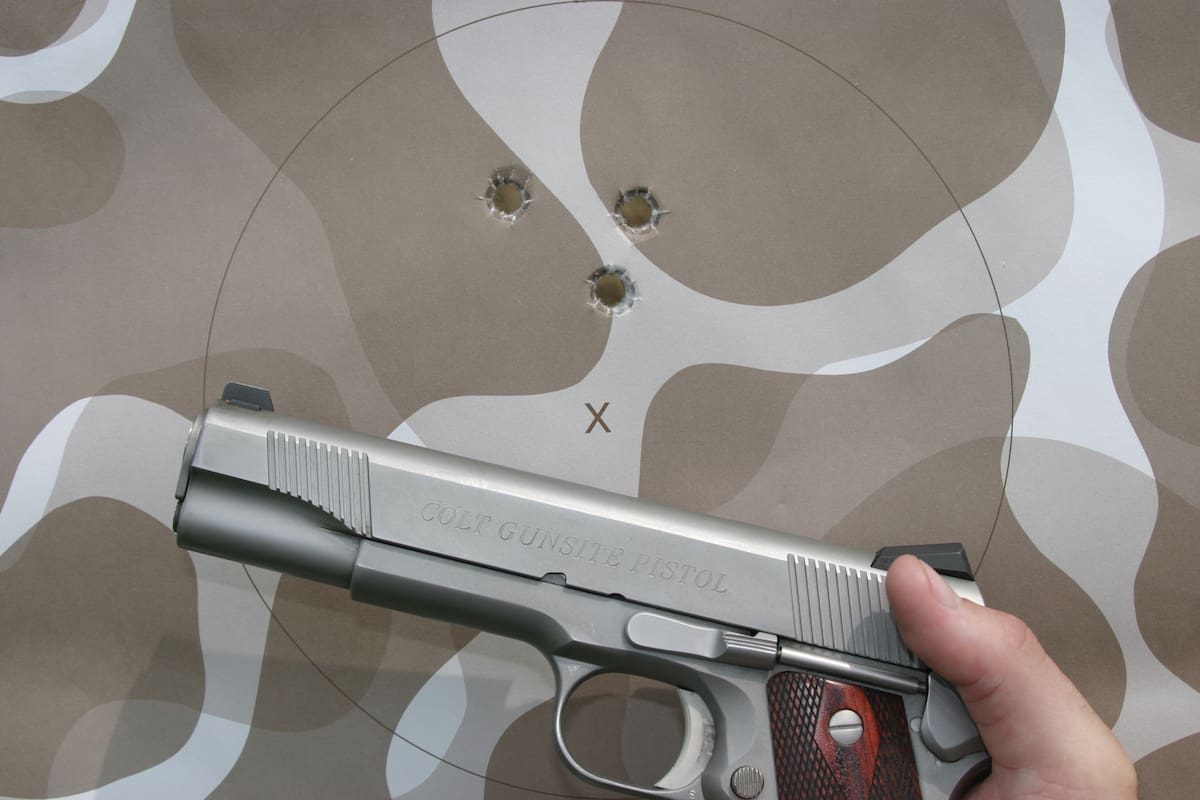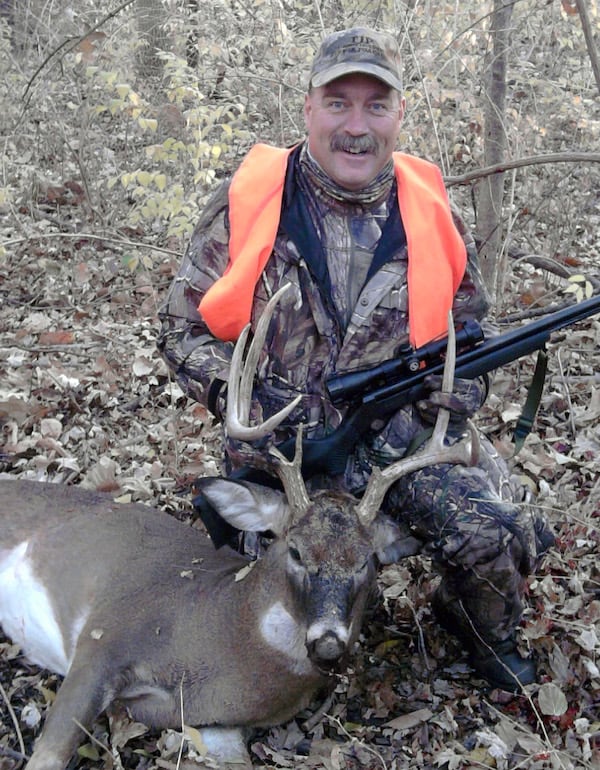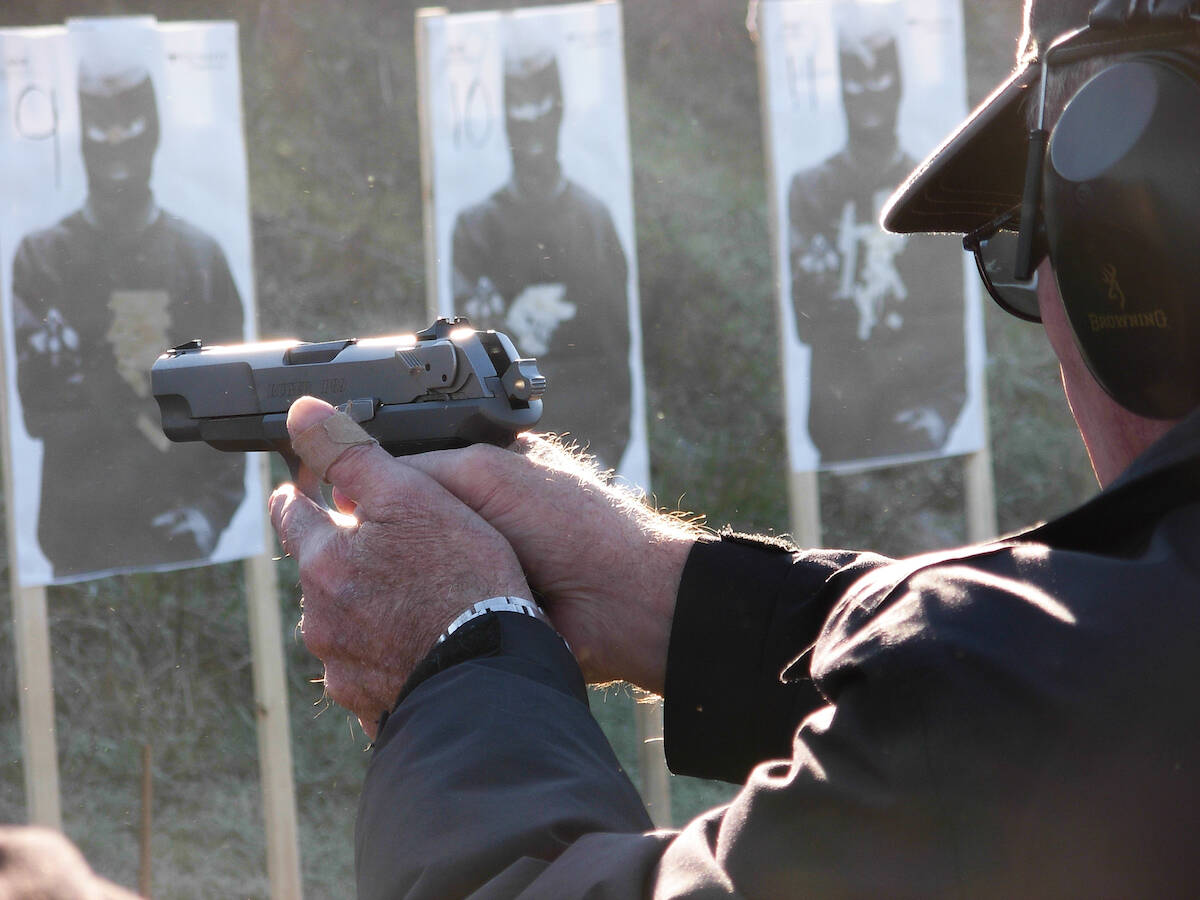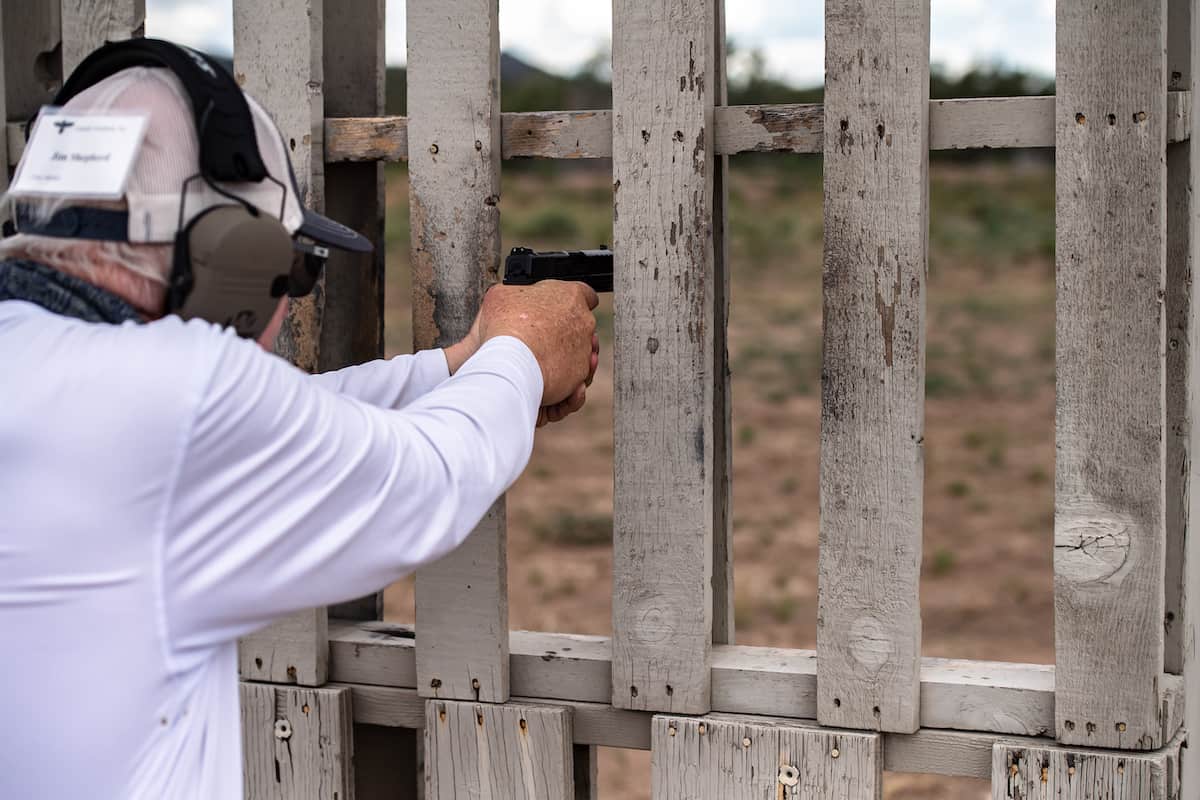Getting Creative On The Range
Non-Standard Targets
The crosshairs of my rifle scope ascribed an erratic arc as I began to wonder if my circulatory system could handle a prolonged blood pressure reading measuring in the thousands.
I had been badly surprised due to a complete lack of inattention, and I was paying the price with a massive burst of adrenaline. Hummingbirds don’t often reach the pulse rate I was experiencing at the moment.
Hoping I could take a shot before some major blood vessel burst like a rotten garden hose, I took a few deep breaths until things calmed down enough that I felt comfortable pulling the trigger. Though admittedly at short range, my aim was accurate, and there would be no need for a follow-up. This was my primary goal since I was shooting a .50 caliber muzzleloader, which takes slightly longer to reload than an entire performance of Wagner’s Ring Cycle.
Surprise!
In the last minutes of the last day of the season, three whitetail deer had literally walked unnoticed within twenty feet of Your Expert Gun Writer — sitting in a ground blind — when both parties saw each other at approximately the same moment. As I was completely camouflaged, the three deer weren’t exactly sure of the danger but knew something was seriously out of whack. They spooked briefly, trotted a few steps and then stopped to figure out the nature of the large, hyperventilating lump at the base of a tree.
This momentary paused proved the undoing for one of the animals. The closest deer had halted behind a large maple tree with only its head and neck visible through my rifle scope.
I had to decide. The deer were obviously on the verge of panicked flight. As visibility through our eastern woods is only slightly better than a midnight fogbank, a running shot would be very challenging and likely to produce a cripple. I won’t do that.
In the split seconds before the pending crash of fleeing hoofs, I placed my crosshairs where I reckoned the big neck veins and arteries were located on the deer and pulled the trigger. Fast forward to a nice pile of steaks and roasts in the freezer, proving the decision — and my shooting — was sound.
Game Changer
Since this evening many years ago, I’ve repeatedly pondered the experience and its relevance to both hunting and self-defense. During countless range sessions and actual hunts, I had never really considered shooting a deer in the neck. I know it’s done in some places and is quite effective, but I never needed to do so when other, larger targets such as the shoulder or chest always presented themselves.
Likewise, during tactical range training, I never really gave serious consideration to shooting a bad person anyplace other than the X-ring or head box. Despite “knowing” such a situation could arise, it took this experience to truly drive the point home.
Serendipitously, shortly thereafter I made the acquaintance of a police officer who had been involved in a major firefight which had been in the national news at the time.
A gunman had already killed one cop and wounded several others by using good movement, cover and concealment techniques. In the aftermath, it was clear he was crazy, but he certainly wasn’t stupid.
Things came to a standstill when the shooter was pinned down behind a large sport utility vehicle, yet he continued pouring indiscriminate fire onto nearby officers. From his place of cover, my acquaintance could only see underneath the truck, so he pumped several rounds into the only target visible — the killer’s sneakers.
The man fell down, immobilized but not yet out of the fight. The officer, who had been hit several times and was seriously wounded, wiped the blood from his eyes, limped around the vehicle, and, in a masterpiece of heroic understatement, told me he “terminated the engagement.”
Center Mass
Unfortunately, we too often give lip service to this idea of “shooting at the biggest piece of meat and bone you see until they go down.” Though there are some notable examples of trainers who offer all sorts of oddball targets to students, too often, our range experiences focus on the classic silhouette or bullseye target staged perpendicular to the firing line.
I know such setups are an absolutely vital part of training. If you can’t shoot a decent grouping on the range under relatively minimal stress, your accuracy will be totally unacceptable when the doo-doo hits the fan, and you’re facing the trophy of a lifetime or, much more importantly, fighting for your life.
However, once you have mastered the concept of repeatedly shooting reasonably tight groups, we need to stretch our limits to include the unusual, the offbeat and just-plain-strange targets.
I’ve had trainers place targets on the ground, but I’ve never seen anyone intentionally train to shoot at feet beneath a vehicle — perhaps it is time. Likewise, have you ever considered putting a bullseye just peeking out from behind a 4×4 post to mimic a sneaking elk or strutting turkey’s head? Can you repeatedly make the hit after running in place for 60 seconds? The perfect shot we always make in our imagination suddenly might not jibe with real life. As Clint Eastwood said in Magnum Force, “A man’s got to know his limitations.” Non-traditional targets are a great way to discover yours.
From a CCW standpoint, safety makes it challenging to shoot while lying on your back or at targets located beneath your body — common self-defense situations — but many ranges can accommodate targets lying sideways on the ground or partially obstructed. Even just stapling the cardboard on the stand at an angle or moving the one leg backward can help erase the constantly-reinforced mental image of the giant vertical B27 blue man attacking you at a perfect 90-degree angle from 3, 5, 7 and 15 yards.
A Million Ideas
Next time you are at the range, try using cardboard to build barricades for the target to hide behind. Another one of my favorites was the attacking dog drill we used to do during police department qualifications — a plastic milk jug was tied to a rope and reeled rapidly, bouncing and hopping, toward the shooter by a partner standing just behind the firing line. There are a couple million more creative ways to build such challenging targets; just use your imagination to replicate the non-square-range situations you’ll find yourself in with a gun.
Of course, do a thorough safety walk-through to make sure no rounds or ricochets leave the range or place anyone in danger. With non-traditional targets, you should also consider what happens if the shooter stumbles or falls.
Takeaway
Anyone with more than a few minutes of “real-life” experience knows the world is a random, erratic and messy affair where nothing is straightforward or easy. Hence, we need to make every effort to replicate those same conditions during our training and practice. These weird, creative, “out-of-the-box” targets are an excellent way to challenge your skills and make you a better shooter.
Want more online exclusives from GUNS Magazine delivered straight to your inbox? Sign up for our FREE weekly email newsletters.






